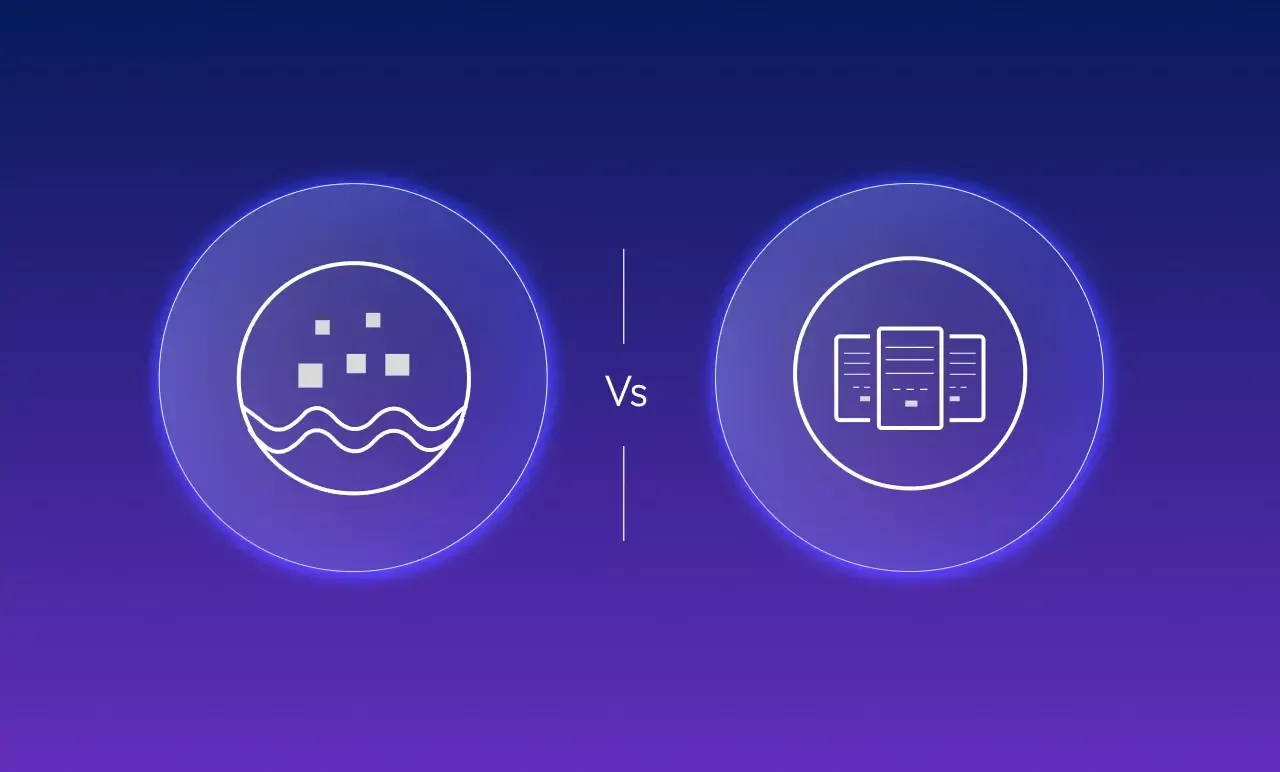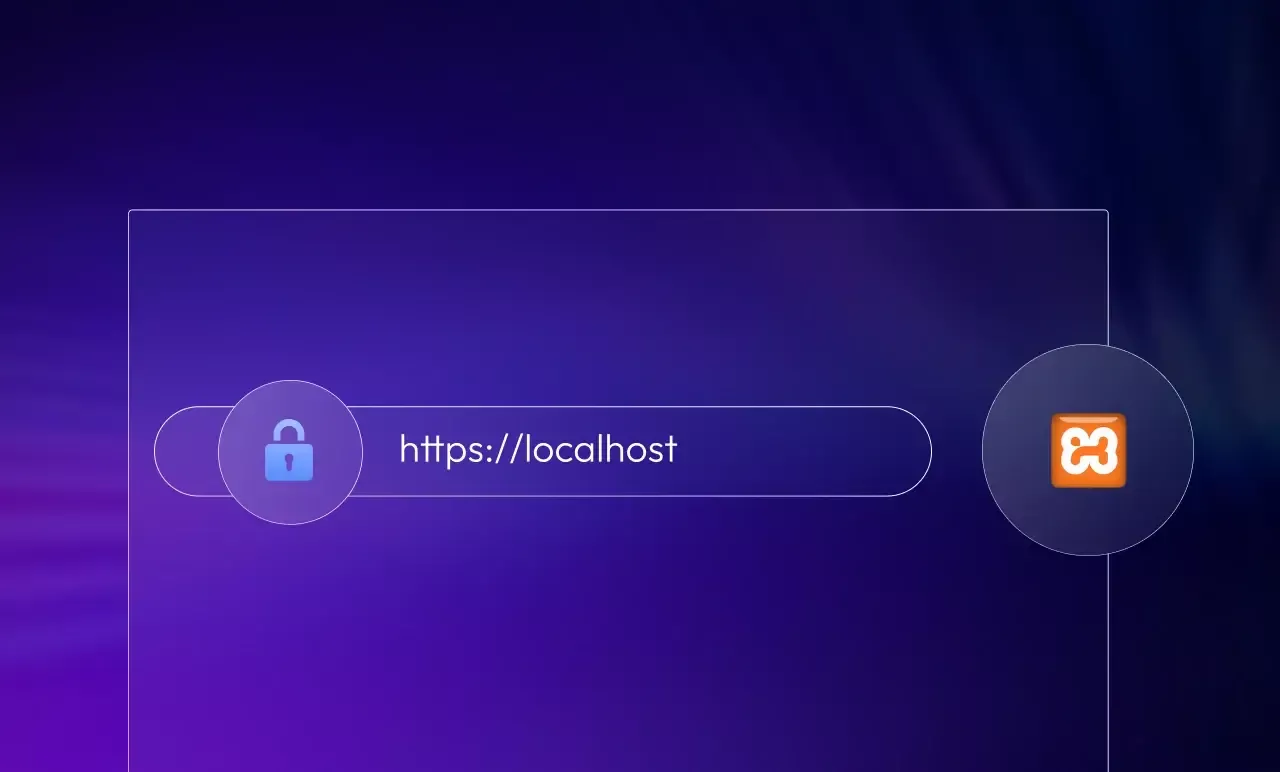Data Storage Decoded: Data Warehouse vs Data Lake Explained
Principles of Content Design - Introduction to Content Design
Brands have been starting their Digital Transformation journey, and with it, Websites have become the virtual establishment of most Enterprises. Just like how retailers and service providers showcase their best series of products, it is essential to plan and strategize information before launching them to the Consumers. Good content is necessary to keep the Users engaged, but more than that, their attention is fixed by the Design.
Visuals are the main element through which consumers perceive Digital Platforms and, thus, Brands associated with them. With growing competition in the Global market, a slack in Content Design will make you lose one Consumer and help your competitors gain one more.
It is thus the Job of a Content designer to collaborate with Software developers, graphic designers, researchers, operators, and everyone associated with the making of Digital products to arrange and structure the right Content in the most suitable and optimal way to be attended by the users.
In this article, we will be discussing about - Content Design; Principles of Content Design; And why Content Design is essential for your Web presence.

Introducing Content Design
To put it in the simplest way, Content Design is the job of communicating researched information about a product to the Users in a form that ensures a positive user experience. It is the art of architecting Content through the right Web designs so that users are focused and enjoy the overall experience of gaining information to fulfill their goals.
Users visit Websites to fulfill certain tasks. Whether it is buying a product or gathering more knowledge about a product. The achievement of these tasks do not only depend on the quality of the content but also on the structure and functionality of the Website.
Easy availability of required information is important, and the main motive behind Good Content Designing is to enhance user experience. This goal is fulfilled by various processes of elaborative research, identifying user needs through Data analysis, and making changes considering user feedback.
Sarah Richards created the field of Content Design, and for her - “Content design is a way of thinking. It’s about using data and evidence to give the audience what they need, at the time they need it and in a way that they expect.”
Principles of Content Design
To build an intact Content Design, there are various principles that can be implemented to ensure efficiency.
1. Understanding the Goal
Each Brand has a different value to pass down to its users. The most important principle for Content Designing is to understand each value attached to the Brand so that a clear goal can be set regarding what information the users will receive on the other end. The central focus of any Digital Service is to interact with its users, and thus picking Content that fulfills this purpose is essential.
2. Research
To realize a need, the first step is to recognize it. A good relationship between The Brands and the Customers can only be achieved if the company recognizes its users and delivers what they require. Finding about the type of Users engaged with a brand and establishing a target audience makes it easier to convey the right piece of information in the right language.
User requirements can be easily foreseen with the help of Data Analytics. There are numerous tools in the market capable of Analyzing complicated Data to figure out User requirements so that an impactful transformation can be achieved.
Imagining things from the user’s perspective is one thing, but the Power of data analytics goes beyond assumptions and it stands on a scientific basis.
3. Simplicity
People have different understanding capabilities, but a simple layout is perceivable by all. More than keeping Minimal and plain visual designs, Simple Designs can mean various things.
To make the operation process simple is the key to achieve more interested users. Keeping easy navigation buttons, understandable tools to obtain the service, and simple Language helps the Users to claim their required information and achieve their tasks seamlessly.
4. Context
There might be various reasons why Consumers from different backgrounds visited your Website. To learn all the paths to a Website and adding features that might benefit the users, no matter which path led them in, can enhance User Experience. Building the Content Architecture with the perspective of a User’s context adjusts the Web page to any device and constructs an operational system that appears seamless in any circumstance.
5. Minimal Information
The Human attention span has gone down, so an ultimate countdown of time begins as the User approaches the Website to gather information. Thus a calculated series of very important content is to be put on display which answers most of the queries or conducts required tasks. An overload of information is as good as no information.
6. Visuals
Content only is not sufficient to grab and sustain the attention of the users. The aesthetics and Visual Symmetry of the Web page also determines User inflow. Colors, Font Sizes, Graphics, Images play an important role to accentuate the Content and a right placement of everything is necessary to create a good Content Design. Without balance between these elements, a user might experience a negative overall experience.

7. Accessibility
Without presenting the tailor crafted Content and detailed Visuals to the Users, the very essence of Content Designing becomes meaningless. Conveying information to Users can be an amalgamation of various processes. Brands should be prepared to include the diversity of an entire Nation under the accessibility of their Content and services and find ways to deliver their values to all humans. Disabilities between humans should not stand in the way of exchanging values. Newer technologies are making connections easier, expanding the stretch of Accessibility.
8. Flexibility
A flexible Content Design adapts with changing times. Whether a piece of information or the way of showcasing content, Changes need to be implemented according to User feedback. Iterating is an important principle of a good Content design as the user needs change every now and then, and to keep them happy including and deleting things in an inevitable process.
Content Design is essential to make a Website stand out from the rest and to gain more User interaction. With these principles, a Brand can make its Digital platform seamless, constructing a positive User Experience. Content can be any piece of communication thus even the minute designs require to be detailed in order to convey the right message, making all the elements of a Website important.
Quoting Sarah at last, “The best content knows it has purpose and fulfills that purpose. If it doesn’t, that content is a waste of space.”
Email us or Talk to us at +91-98367-81929 or Simply Contact Us through the website.
Let's Connect











